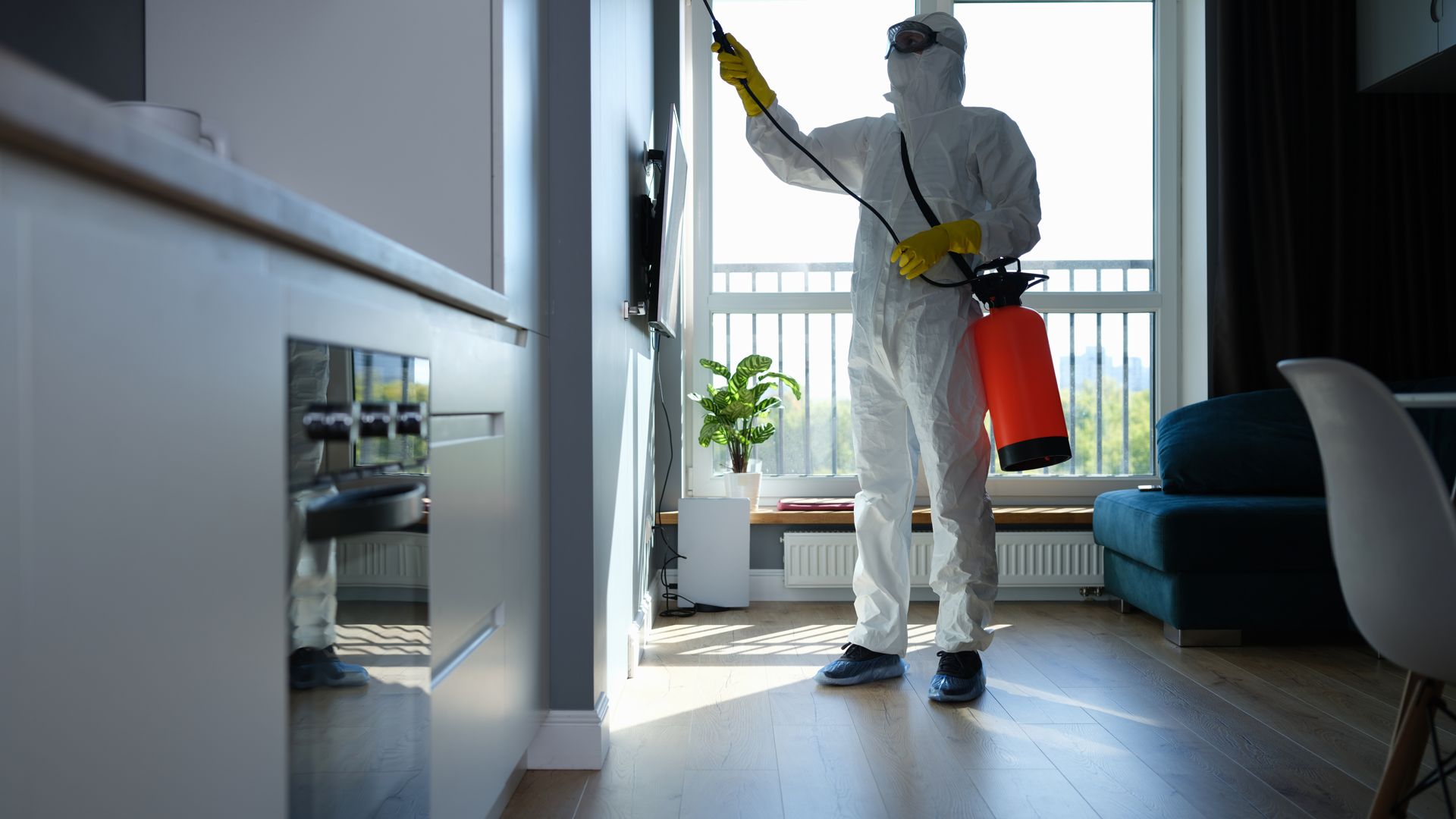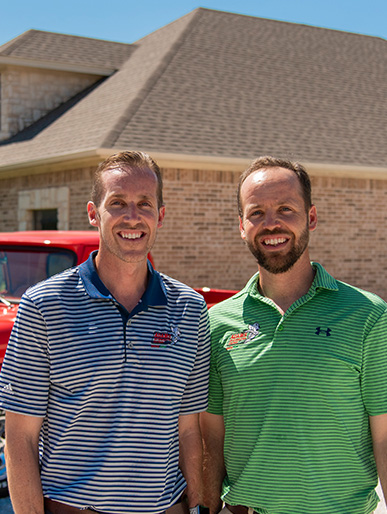
Why Is It So Hard to Deal With Termites in Aubrey?
The primary issue with termite control is that it isn't straightforward. You can't just buy a product, stick it in the ground, and call it a day. It is also a bad idea to take advice from someone on the internet who claims they have a home remedy that stops termites in their tracks. While well-intentioned, those internet personalities are not licensed and certified termite control professionals. Not only do their methods lack scientific backing for efficacy, but they may also still have termites and not know it. Today, we're going to give you sound advice that is backed by science. We'll explain why it is hard to detect termites and what signs to look for even if you can't see active termites on your property. We'll look at the challenges of trying to get rid of termites in Aubrey and what makes our termites sneakier than other kinds of termites. We will conclude with actionable advice on what to do if you find termites or termite warning signs. If you have a termite infestation and want to skip to the part where you don't have a termite infestation anymore, consider navigating to our contact page. Adams Exterminating Company offers an award-winning termite control solution. We'd love to tell you about it. Connect with us for effective termite pest control in Aubrey.
Why You’re Not Likely to See Termites Around Your Home
In Aubrey, the termites we deal with are subterranean termites. There is much you can gather from this name. They nest in the ground and spend most of their lives hidden underground. That is the primary reason they're hard to detect in your yard. But there is more to it than may seem evident. You may wonder, "Won't I see termites crawling around in my grass or on my mulch?" "Won't I see termites scaling my walls and feeding on my door and window frames?" These are good questions.
There are many reasons why termites may escape your watchful eye and don't appear on the ground or on wood surfaces. Some may actually surprise you. Let's walk down through them and discuss how the characteristics of termites make them hard to detect.
- Termite workers are small. Really small. A worker is only ⅛ of an inch in length. If you see a worker termite when you move something in your yard, you may not give it much attention. Some residents pick up dead branches and see a dozen worker termites and don't realize they've found termites. The pictures on the internet help to clearly see details that are not easily seen when you discover a tiny termite in the real world. It is going to look like any other pale bug.
- Termite workers look like fat ants. Often, we have customers contact us to deal with an ant problem, not realizing they have a termite problem. When we get calls to deal with white ants, we know that termites are really the pests we will have to address.
- Termite workers avoid light. In studies, termite workers have shown an ability to avoid light in mysterious ways. They avoid all light, even moonlight. Therefore, you are likely to only see termites for a short time if you uncover them. You're also not likely to see evidence of termite activity as the evidence is often found in locations that are shielded from the light.
- Swarmers are more noticeable, but you may not notice them. A termite swarmer is ⅜ of an inch long, black, and has long white wings that hang past the abdomen. As the name suggests, swarmers gather into a swarm. When you see them gathered, you won't have trouble detecting them. Unfortunately, seeing a termite swarm is not an early warning sign. It is a warning of a mature nest on or near your property. Since it takes several years for a nest to mature, your property may already have termite damage.
- A termite swarm in your house is the worst way to detect termites. Termites only emerge inside when a nest is near or underneath a home. A nest close to a home increases the likelihood of extensive damage.
- The white wings on a swarmer make them stand out. But a swarmer doesn't retain its wings for long. It will quickly find a mate, shed its wings, and tunnel into the ground. The entire mating process takes less than an hour.
If you hope to see signs of termites in your yard, you need to take note of tiny white or black insects. It is rare to see termites, but you might get lucky.


Why Choose Adams Exterminating?
-
Trained Entomologists & Service TechniciansOur team brings a deep understanding of insect biology and behavior to create targeted pest control strategies. We're equipped with the latest techniques and technologies to effectively eliminate pests.
-
Customized Plans for Every BudgetRecognizing that each space is different, we customize pest control services for every home or business. Our approach involves targeted solutions, addressing specific needs for your environment.
-
Trusted in the Community Since 1947With a legacy dating back to 1947, our pest control company brings decades of experience with a proven track record to keep your space critter-free.
-
Locally Owned & OperatedAs a locally owned business with offices in both Denton and Lewisville, we are rooted in the community and dedicated to serving our neighbors with personalized service.


